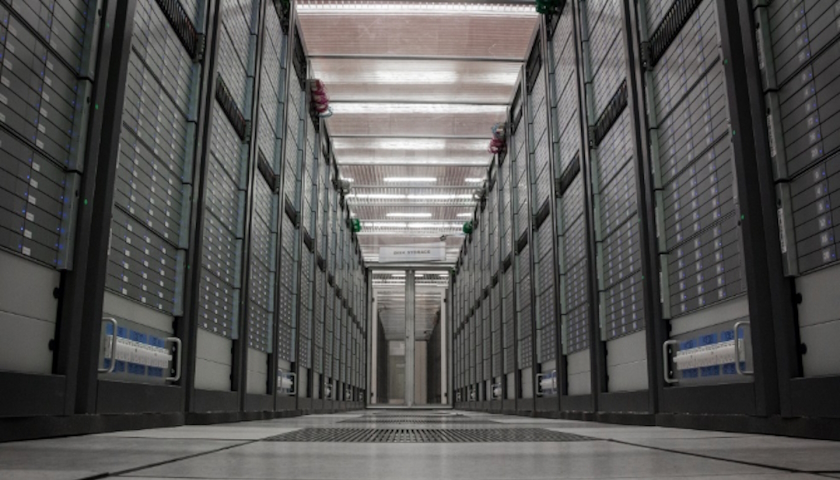Scientific institution CERN now has more than one million terabytes of disk space at its data centers.
The exabyte of storage is split across 111,000 devices, primarily hard disks alongside a growing percentage of flash drives.
The Swiss-based European Organization for Nuclear Research used commodity devices, with the large number of systems reducing the impact of component failure.
The disks are orchestrated by CERN’s open-source software solution, EOS. They primarily store physics data from the Large Hadron Collider (LHC), the world’s largest and highest-energy particle collider.
Set 175 meters (574 ft) beneath the France–Switzerland border, LHC is located in a 27 kilometer (17 mi)-circumference tunnel, and has been used to discover the Higgs boson and exotic hadrons.
“We reached this new all-time record for CERN’s storage infrastructure after capacity extensions for the upcoming LHC heavy-ion run,” Andreas Peters, EOS project leader, said.
“It is not just a celebration of data capacity, it is also a performance achievement, thanks to the reading rate of the combined data store crossing, for the first time, the one terabyte per second (1TBps) threshold.”
Joachim Mnich, CERN director for research and computing, added: “This achievement marks the accomplishment of a significant target in data-handling capabilities. It sets new standards for high-performance storage systems in scientific research for future LHC runs.”
CERN operates two data centers: a facility on its campus in Geneva, Switzerland, and another one in Budapest, Hungary, linked by a network with 23ms of latency. We profiled its infrastructure back in 2018.
Read more: datacenterdynamics.com





